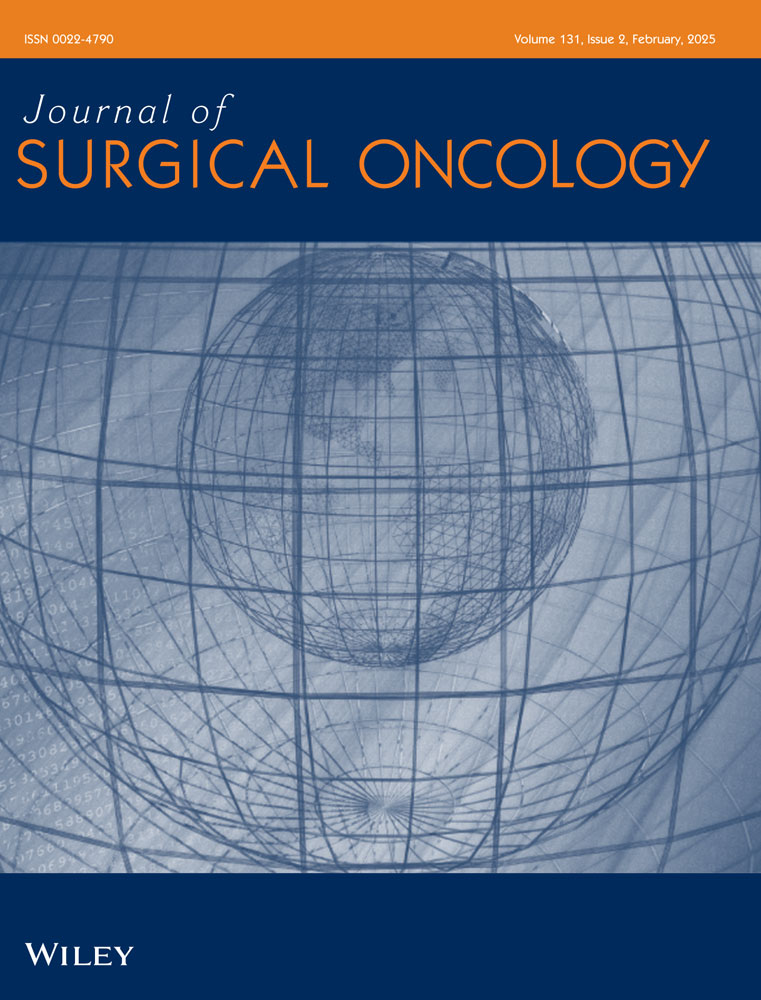Pleomorphic Liposarcoma of the Extremity and Trunk: Multimodality Therapy for Some but Not All?
ABSTRACT
Background
Pleomorphic liposarcoma (PLPS) is an ultra-rare malignancy distinct from well-differentiated/dedifferentiated and myxoid liposarcoma. In this study, we sought to (1) assess outcomes after surgery for primary, non-metastatic PLPS and (2) explore potential indications for multimodality therapy.
Methods
Clinicopathologic data were retrospectively collected for patients treated from 2002 to 2019 at our sarcoma referral center. Descriptive data were summarized and Kaplan–Meier plots were constructed for overall survival (OS) and crude cumulative incidences (CCI) of disease-specific death (DSD), local recurrence (LR), and distant metastasis (DM). Univariable models were performed to assess the association of specific variables of interest on outcome.
Results
Forty-four pathology-verified PLPS cases were included in this study. Median tumor size was 8.5 cm; 75% were FNCLCC Grade 3. All patients underwent complete resection, including 15 patients (34%) who required re-excision to secure microscopic negative margins. Radiation therapy was given to 75% of patients, chemotherapy in 36%. At 5 years, OS was 75.3%; CCI of DSD, LR, and DM were 17.5%, 2.3%, and 32.5%. Larger tumor size was strongly associated with worse OS (p = 0.028) and DSD (p ≤ 0.001). A subgroup of patients (n = 10, 23%) with smaller, predominantly Grade 2 tumors underwent surgery alone without any LR or DM event at a median follow-up of 7.9 years.
Conclusions
In PLPS, aggressive surgery and when appropriate, radiation therapy, results in excellent local control. Chemotherapy can be considered for larger tumors. Patients with smaller, Grade 2 tumors may be potentially cured with surgery alone.
Conflicts of Interest
The authors declare no conflicts of interest.
Open Research
Data Availability Statement
The data that support the findings of this study are available on request from the corresponding author. The data are not publicly available due to privacy or ethical restrictions.




